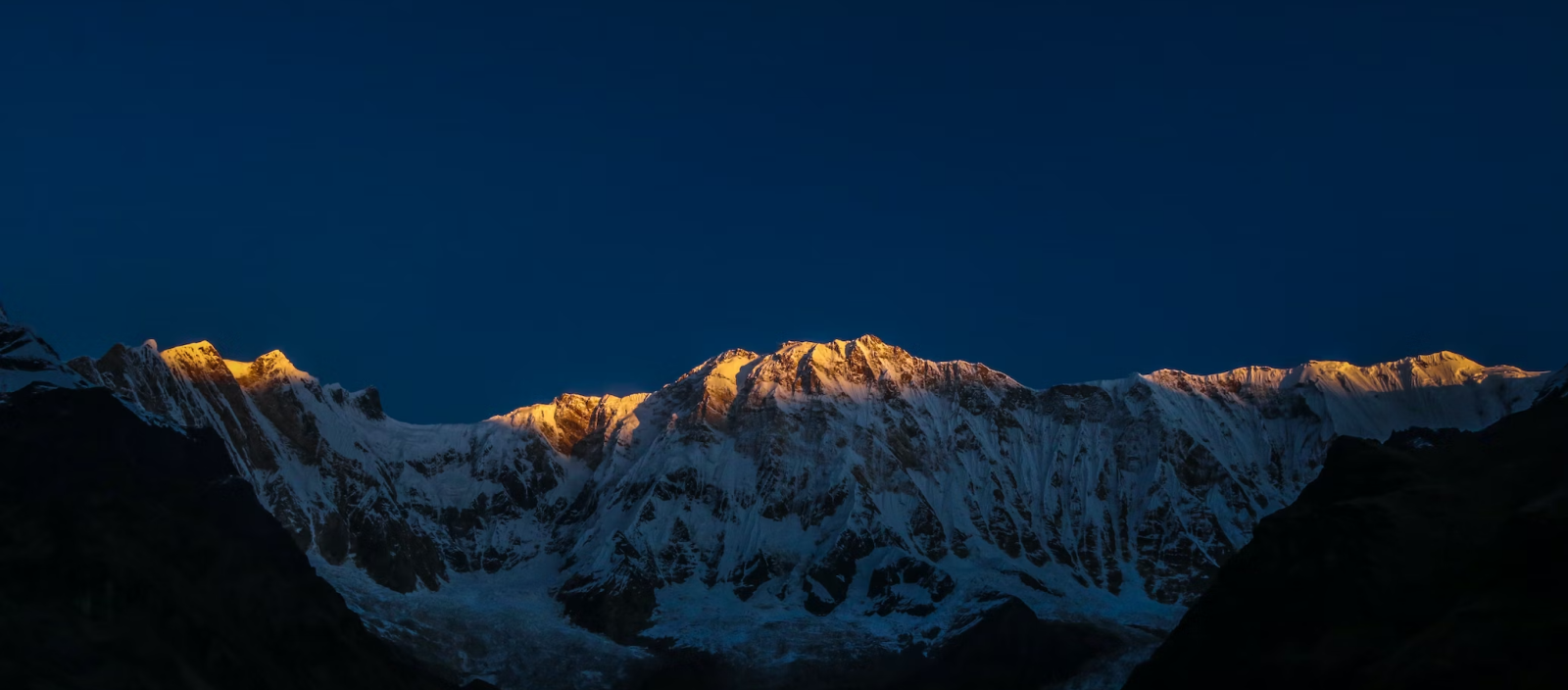
Travel Guide to Everest Region of Nepal
Travel Guide to the Everest Region of Nepal
The Everest region, home to the world’s highest peak, Mount Everest (Sagarmatha in Nepali), is one of Nepal’s most renowned trekking destinations. Nestled in the northeastern part of Nepal, this region offers an unforgettable experience for adventurers, nature lovers, and mountaineers. Whether you're seeking to trek to Everest Base Camp, explore Sherpa culture, or enjoy panoramic views of the Himalayas, this guide will help you navigate through your journey to this iconic region.
1. Getting There
The gateway to the Everest region is Lukla, a small town with an airport known for its dramatic landings and takeoffs. Flights from Kathmandu to Lukla operate daily, weather permitting. Once in Lukla, your trek to various parts of the Everest region begins. Another alternative is to trek from Jiri, which is a longer, more traditional route but offers a gradual ascent.
2. Popular Treks in the Everest Region
Everest Base Camp Trek
One of the most popular treks in the world, this trek takes you to the foot of Mount Everest. It generally takes 12-14 days to complete and offers stunning views of the Khumbu glacier, Everest, Lhotse, and other towering peaks. You'll pass through Sherpa villages, monasteries, and the famous Namche Bazaar.
Gokyo Lakes Trek
An alternative to the base camp route, this trek takes you to the pristine Gokyo Lakes, located at a high altitude. The trek offers breathtaking views of Everest, Cho Oyu, and other giants, while also letting you explore the Ngozumpa Glacier, the largest in the Himalayas.
Three Passes Trek
For seasoned trekkers, the Three Passes Trek offers the ultimate Everest region experience. It crosses three high-altitude passes: Kongma La, Cho La, and Renjo La, while offering unmatched views of the entire Khumbu region.
Island Peak and Mera Peak
For those seeking to do more than trek, summiting Island Peak or Mera Peak provides a mountaineering challenge while offering spectacular views of Everest and the surrounding peaks. These climbs are ideal for beginners with some mountaineering training.
3. Best Time to Visit
The best seasons for trekking in the Everest region are spring (March-May) and autumn (September-November). During these times, the weather is generally stable, with clear skies and stunning views of the mountains. Winters (December-February) are colder, and many lodges close, while monsoons (June-August) bring heavy rains and difficult trekking conditions.
4. Permits Required
Before trekking, you'll need a couple of permits:
Sagarmatha National Park Entry Permit: This is required to enter the national park, which covers the Everest region.
TIMS (Trekkers’ Information Management System) Card: Issued to ensure the safety of trekkers.
Both permits are available in Kathmandu or Monjo, the entrance to Sagarmatha National Park.
5. Accommodations and Meals
Most trekkers stay in teahouses, which are simple lodges offering basic amenities such as a bed, shared bathroom, and a dining area. Meals generally consist of traditional Nepali fare like dal bhat (lentils and rice), as well as more familiar foods like pasta, noodles, and soups. The higher you go, the more expensive meals and accommodation become, due to the difficulty in transporting goods.
6. Altitude Sickness Awareness
As the Everest region is at a high altitude, the risk of Acute Mountain Sickness (AMS) is real. It’s essential to trek slowly, acclimatize properly, and stay hydrated. Symptoms of AMS include headaches, dizziness, nausea, and fatigue. Be sure to schedule extra days for acclimatization, especially at places like Namche Bazaar (3,440 meters) and Dingboche (4,410 meters).
7. What to Pack
When packing for a trek in the Everest region, consider these essentials:
Warm Clothing: Layers are crucial. Temperatures can drop significantly, especially at higher altitudes.
Good Quality Trekking Boots: Your feet are your best friend on this trek.
Sleeping Bag: While teahouses provide blankets, a warm sleeping bag rated for cold temperatures is a good idea.
Trekking Poles: Helpful for steep ascents and descents.
First Aid Kit: Including medication for AMS, bandages, blister pads, and any personal medications.
Sunscreen and Sunglasses: The sun can be intense at higher altitudes.
8. Cultural Etiquette
The Everest region is home to the Sherpa community, a people known for their warmth, hospitality, and deep-rooted Buddhist beliefs. When visiting monasteries, always walk clockwise around chortens (Buddhist shrines), and ask for permission before taking photos of monks or religious sites. Also, refrain from touching prayer flags or stepping over religious items on the trail.
9. Trekking with a Guide or Solo?
While trekking solo is possible, hiring a guide or porter is highly recommended, especially for first-time trekkers. A guide can provide invaluable insights into local culture, help navigate tricky paths, and assist with any issues that may arise during the trek. A porter can carry your heavy gear, making your trek more enjoyable.
10. Respect for Nature
The Everest region is a pristine environment, and it’s vital to practice responsible trekking. Avoid littering, use eco-friendly products, and follow the "leave no trace" principles. Also, be mindful of water consumption. Many trekkers use water purification tablets to avoid buying plastic bottles.
Conclusion
The Everest region is more than just a trek – it’s an adventure of a lifetime, filled with natural beauty, rich culture, and personal challenges. Whether you're embarking on the Everest Base Camp trek or exploring lesser-known paths, the memories you make in this extraordinary part of the world will last forever.
Plan wisely, trek responsibly, and enjoy every moment in the majestic Himalayas!
